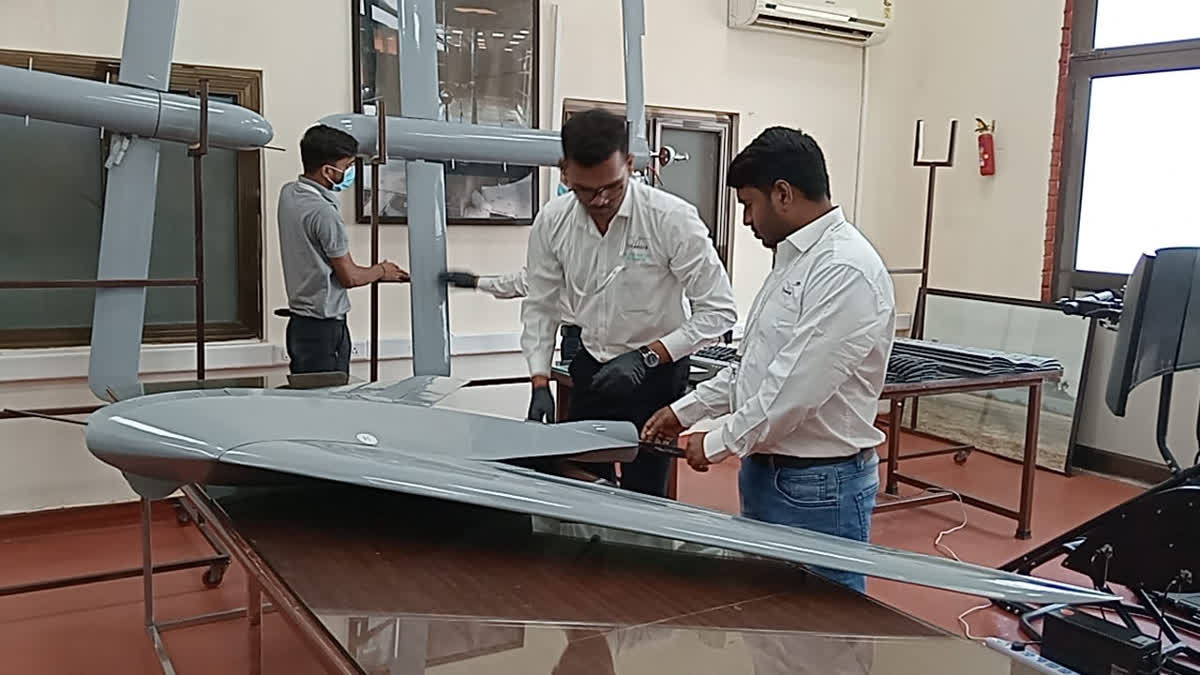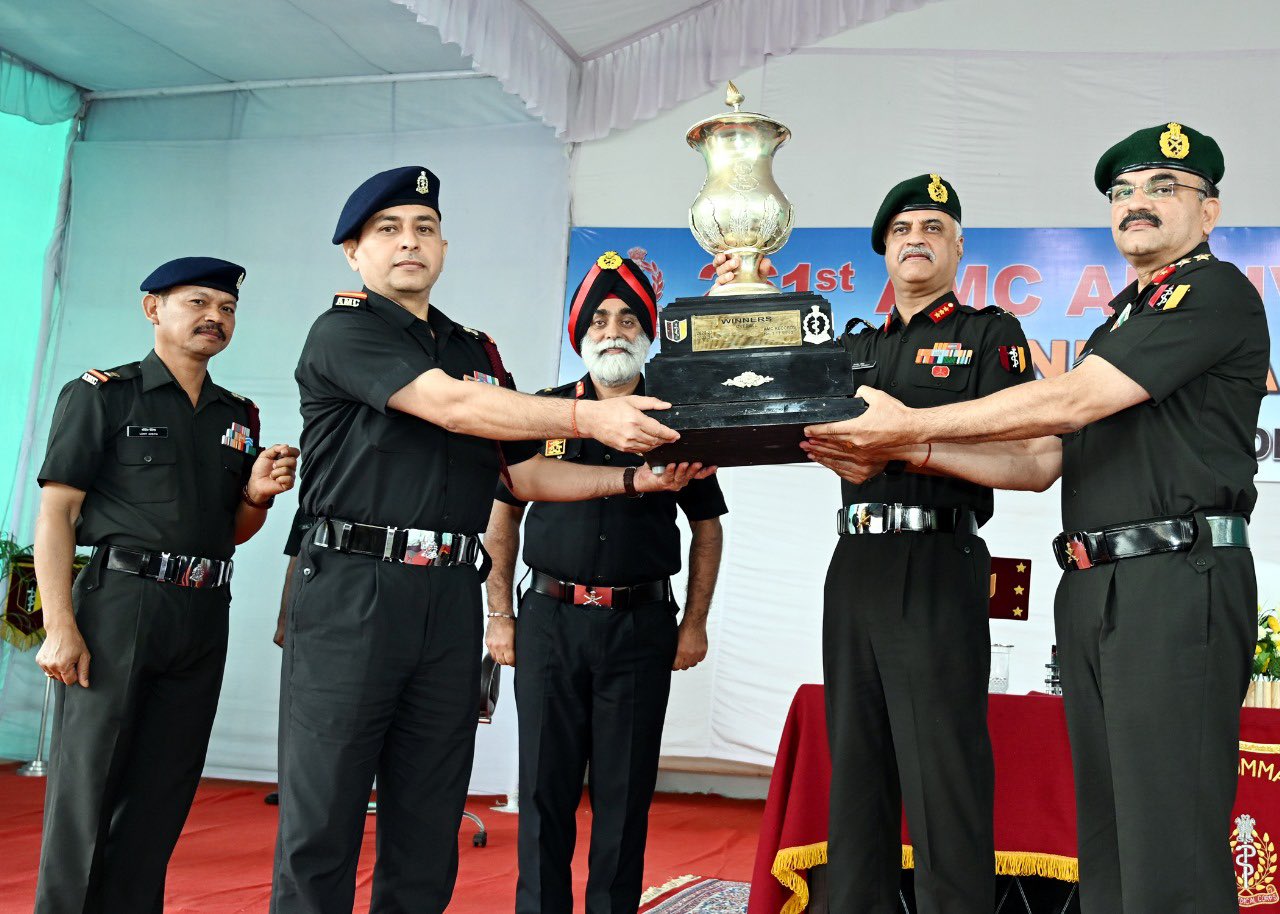IIT Kanpur is achieving significant breakthroughs in defense innovation with the development of a new indigenous drone tailored for the Indian Army. This drone, referred to as a ‘swadeshi’ variant of the Kamikaze drone, represents a sophisticated advancement aimed explicitly at enhancing military capabilities in operational environments. The design and engineering behind the drone have been spearheaded by experts from the institute, who have concentrated on ensuring its utility in battlefield conditions.
The drone is equipped to locate and neutralize enemy tanks, weaponry, and personnel within minutes, showcasing its utility in critical military situations. Early testing within IIT Kanpur’s laboratories has yielded encouraging results, and should the Indian Army endorse the project, comprehensive trials are anticipated to commence within six to eight months.
Over a development span of two and a half years by the Aerospace Engineering Department at IIT Kanpur, the drone has evolved into a functional prototype with a carrying capacity of up to 2 kilograms. Professor Subramanyam Saderla outlined that the drone operates at a speed range of 35 to 40 kilometers per hour but has the potential to accelerate to as much as 180 kilometers per hour. It boasts a minimum operational range of 100 kilometers, which can be adjusted according to mission requirements. This high-capacity drone marks a first for the Indian military landscape.
Looking towards the strategic market, the exact production expenses are still being finalized; however, IIT Kanpur aims for a revenue target of Rs 1,500 crore from this drone technology within the next five years. Professor Saderla detailed that this drone functions as a ‘suicide drone,’ indicating its capacity to engage targets autonomously while remaining under comprehensive military control; operators can destroy the drone if required post-launch.
In terms of features and operational capabilities, the drone utilizes a rechargeable power system, offering an endurance of 3 to 4 hours on a single charge. It is equipped with infrared sensors and GPS technology, delivering real-time, precise information on enemy locations which facilitates long-range surveillance and tracking. Additionally, its silent operation enhances its stealth capabilities, while the ability to capture high-definition photos and videos further bolsters its reconnaissance functionalities.
Recently, the drone caught the attention of Defense Minister Rajnath Singh, who visited IIT Kanpur and witnessed its capabilities firsthand, recognizing its potential significance for bolstering national defense mechanisms.
In a related development, IIT Kanpur previously introduced a pioneering solar-powered drone, named ‘Maral’, aimed at revolutionizing aerial surveillance. This innovative design, developed in partnership with industry leaders, integrates solar panels to empower the drone to operate independently on sunlight. This leap towards sustainable aviation technology is set to redefine operational standards in surveillance, diminishing reliance on conventional fuel sources.
With Union Defence Minister Rajnath Singh emphasizing India’s ambition to emerge as a leader in drone technology, such innovations underscore the urgent need for modern defense solutions. Addressing the recent Delhi Defence Dialogue, Singh highlighted how these advancements fit within the frameworks of Make in India and Atmanirbhar Bharat, projecting their potential to significantly bolster the Indian economy.
Kamikaze drones, often described as loitering munitions or suicide drones, are unmanned aerial systems designed to engage and destroy targets by crashing into them. Their prevalence has been observed in contemporary conflicts, including the ongoing Russia-Ukraine war and the hostilities between Israel and Hamas, validating the growing role of such technologies in modern warfare strategies.














